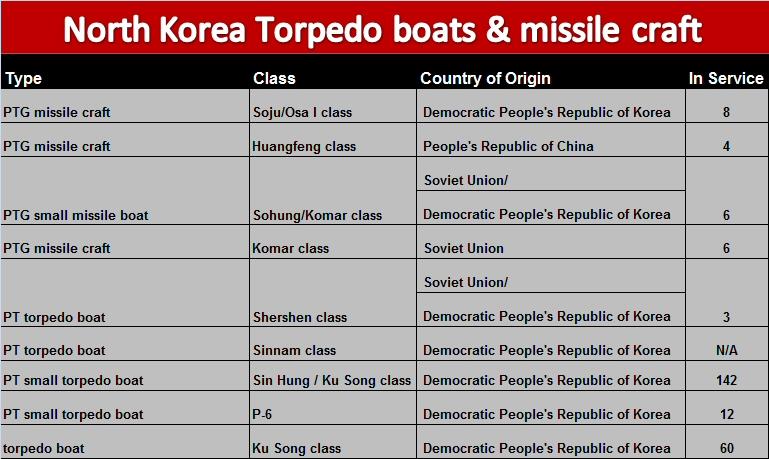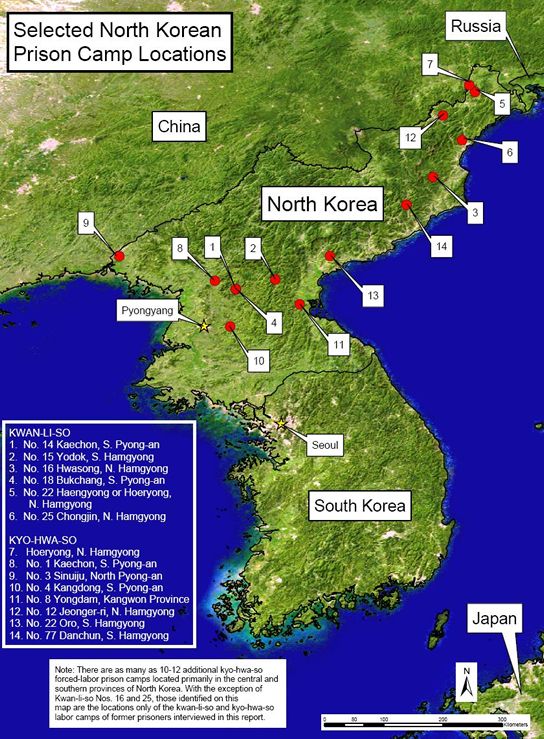|
SEOUL, South Korea (AP) — An
explosion caused by a torpedo likely tore apart and sank a South Korean warship
near the North Korean border, Seoul's defense minister said Sunday, while
declining to assign blame for the blast as suspicion increasingly falls on
Pyongyang.
Defense Minister Kim
Tae-young said an underwater explosion appeared to have ripped apart the
vessel, and a torpedo blast seemed the most likely cause. Investigators who
examined salvaged wreckage separately announced Sunday that a close-range,
external explosion likely sank it.
"Basically, I
think the bubble jet effect caused by a heavy torpedo is the most likely"
cause, Kim told reporters. The bubble jet effect refers to the rapidly
expanding bubble an underwater blast creates and the subsequent destructive
column of water unleashed.
Kim, however, did not
speculate on who may have fired the weapon and said an investigation was
ongoing and it's still too early to determine the cause.
Soon after the
disaster, Kim told lawmakers that a North Korean torpedo was one of the likely
scenarios, but the government has been careful not to blame the North outright,
and Pyongyang has denied its involvement.
As investigations have pointed to an external explosion as the cause of the
sinking, however, suspicion of the North has grown, given the country's history
of provocation and attacks on the South.
The Cheonan was on a
routine patrol on March 26 when the unexplained explosion split it in two in
one of South Korea's worst naval disasters. Forty bodies have been recovered so
far, but six crew members are still unaccounted for and are presumed dead.
The site of the
sinking is near where the rival Koreas fought three times since 1999, most
recently a November clash that left one North Korean soldier dead and three
others wounded. The two Koreas are still technically at war because their
1950-53 Korean War ended in a truce, not a peace treaty.
Also Sunday,
investigators said a preliminary investigation of the front part of the
1,200-ton ship — retrieved the day before — pointed to an external explosion.
Chief investigator
Yoon Duk-yong told reporters that an inspection of the hull pointed to an
underwater explosion. He appeared to support the bubble jet effect theory,
saying, "It is highly likely that a non-contact explosion was the case
rather than a contact explosion."
But he, too, said it
was too early to determine what caused the explosion.
Earlier Sunday,
Prime Minister Chung Un-chan said South Korea will take "stern"
action against whoever was behind the explosion as the country started a
five-day funeral for the 46 dead and missing sailors. Makeshift alters were set
up in Seoul and other major cities to allow citizens to pay their respect.
"We will
remember all of you in the name of the Republic of Korea to let you keep alive
in our hearts," said Chung, clad in a black suit and tie. The 46 sailors
will be promoted by one rank and awarded posthumous medals, he said.
In Pyongyang, the
North marked the 78th anniversary of the founding of the country's military
Sunday with a vow to "mercilessly" punish any hostile moves by
"the imperialist enemies," a term it uses when referring to the U.S.
Pyongyang routinely
accuses the U.S. of plotting to invade the North, despite the repeated denials
by Washington.
"If the
imperialist enemies intrude into" the North's territory, "its army
will beat them back at a stroke by mercilessly showering bombs and shells on
them," the North's main Rodong Sinmun newspaper said in an editorial
carried by the official Korean Central News Agency. It didn't mention the ship sinking.
------------------------------------------
Last April 19th, 2010, An emotional President Lee Myung-bak vowed Monday to find out why a South
Korean naval ship sank and to "deal resolutely" with whatever or whomever caused
the sinking, the country's Yonhap news agency reported.-
April 19th, news CNN reported that there were 58 rescued after explosion. There were total 104 crew members on Board and 40 others are missing on Friday Evening. It started sinking near Baengnyeong Island, which
is controlled by South Korea, after an explosion that occurred Friday evening. Baengnyeong Island is the westermost point of South Korea. Travel time by boat
to the island from Incheon is about four hours.

An
explosion caused by a torpedo likely tore apart and sank a South Korean warship
near the North Korean border, Seoul's defense minister said Sunday, while
declining to assign blame for the blast as suspicion increasingly falls on
Pyongyang. Relatives of the missing sailed
overnight aboard a military ship, arriving at the scene of the sinking on
Sunday.
The sinking of the ship near the disputed sea border, where the navies of the
two Koreas have fought bloody skirmishes, raised the possibility of a North
Korean torpedo attack or sabotage. The South Korean defense minister, Kim
Tae-young, told Parliament that the authorities would investigate such a
possibility but emphasized that it was too early to connect the sinking to North
Korea.
The ship, a 1,200-ton frigate built in 1989, was on a routine patrol mission
with 104 crew members on board.
See below movie as an example how Torpedo destroys the ship:
“I heard a terrible explosion and the ship keeled suddenly to the right. We
lost power and telecommunications,” Choi Won-il, captain of the Cheonan, told
the relatives. “I was trapped in the cabin for five minutes before my colleagues
broke the window in and let me out. When I got out, the stern had already broken
away and disappeared underwater.”
Most of those missing were believed to have been trapped inside their rapidly
sinking ship as waters gushed into their dark under deck, officials said.
“Many sailors were hanging onto the bow of the sinking ship,” Kim Jin-ho, a
crewman on a civilian ferry to Baengnyeong, a South Korean border island, told
YTN television, describing the rescue scene on Friday night. “They were shouting
for help. They were falling into water.”
The sinking of the ship near the disputed sea border, where the navies of the
two Koreas have fought bloody skirmishes, raised the possibility of a North
Korean torpedo attack or sabotage. The South Korean defense minister, Kim
Tae-young, told Parliament that the authorities would investigate such a
possibility but emphasized that it was too early to connect the sinking to North
Korea.
Many of the incidents occurring at sea are due to border disputes. The North
claims jurisdiction over a large area south of the de facto western
maritime border, the Northern Limit Line. As this is prime fishing area, clashes
are common. In addition, the North claims its territorial waters extend for
50 nautical miles (90 km) from the coast, rather than the 12 nautical miles
(22 km) recognized by other countries.
If we go back to the November 10, 2009: Naval vessels from the two Koreas exchanged fire in the area
of the NLL, reportedly causing serious damage to a North Korean patrol ship.
March 26, 2010: One South Korean naval vessel is sunk in the Yellow Sea near
North Korea. Reasons for this attack are unknown. 58 sailors are rescued, but
others are feared to be dead. Though not much evidence is available, the common
theory among the U.S. and South Korean governments is that North Korea is behind
this attack. North Korea had reportedly been running numerous artillery drills
on the same day the ship was brought down.
On Saturday, recovery crews found the body of a missing sailor in the
wreckage of the ship. The ship sunk in the Yellow Sea near the western sea border with North Korea
on March 26. Forty of Cheonan's 104 crew members have now been confirmed dead, and six
more are also believed dead, though they are still listed as missing. Fifty eight others were rescued before the vessel sank .
Condolences and prayers for those of who lost loved ones and
who are injured by the Military disaster, Ship sinking in March 26th,
2010,
Resources:
Fox News
Yahoo
Youtube
Reuters
CNN
Washington Post
wikipedia
Reported by Catch4all.com, Sandra Englund, April 25, 2010
|






















































































